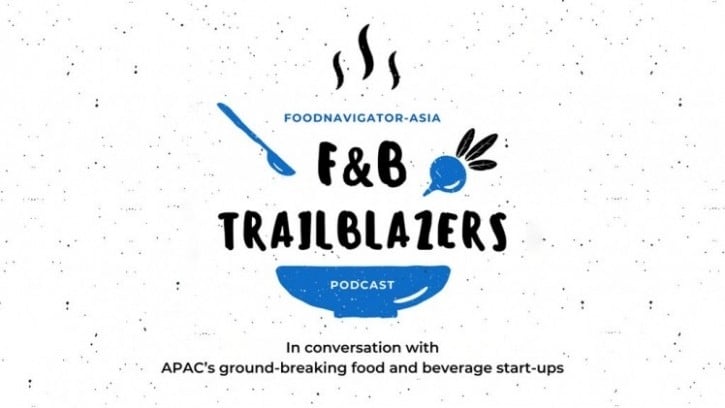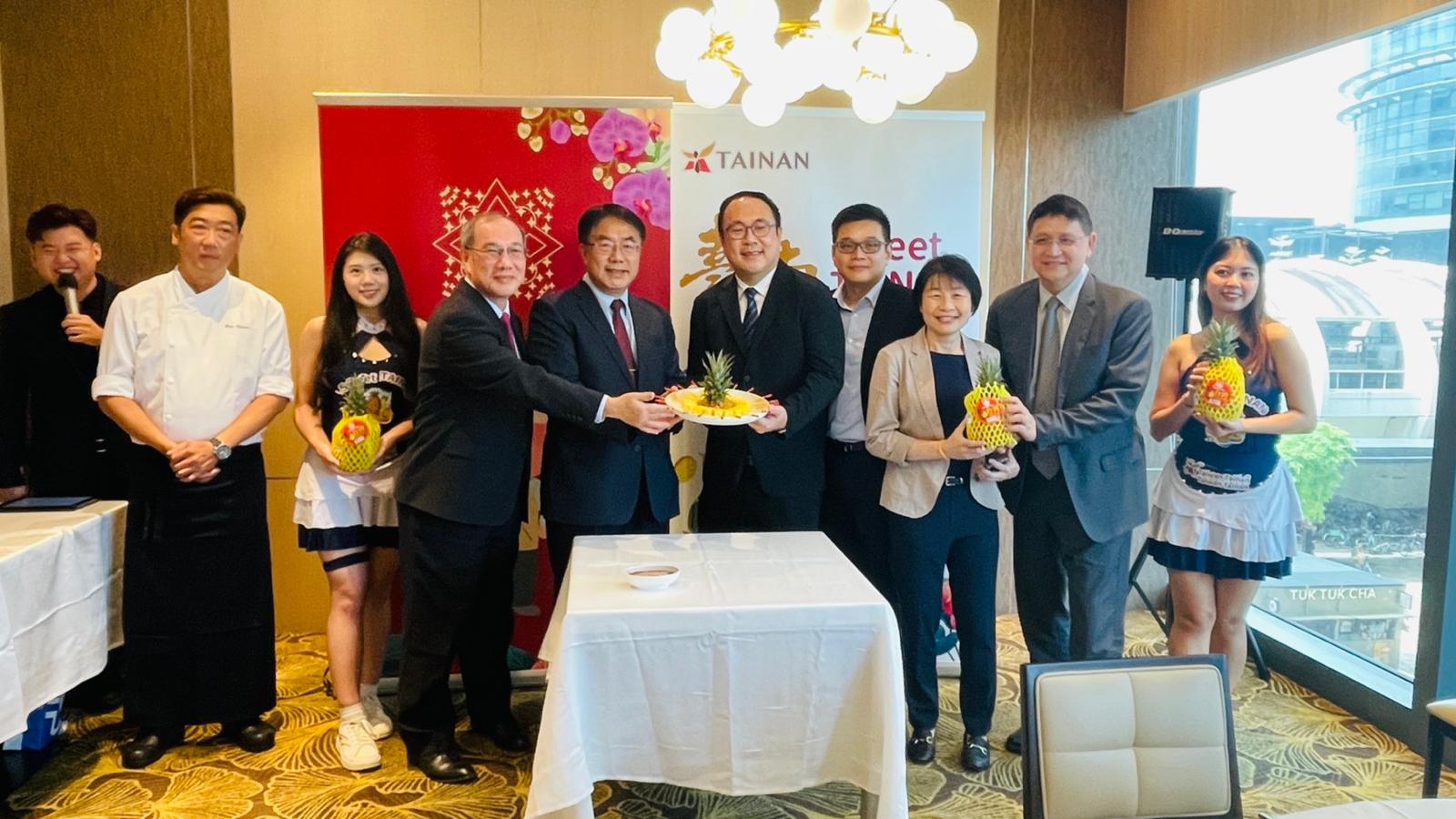RTC cooking pastes are used widely in Asia for at-home cooking and foodservice applications, especially in local Asian cuisines.
Popular examples include Thai green curry pastes, Malaysian laksa pastes, Indian curry pastes and so on, with a lot of emphasis on authenticity and taste.
However, with the rise of younger consumers as major spenders, the demands made of these products have moved beyond how these taste, to a growing focus on how these are adding value to their lives.
“In Singapore for example, Peranakan culture is very traditional, but the fact is also that it is slowly dying away with the times,” Peranakan RTC cooking pastes firm O’Nya Founder Zan Ho told us.
“Unfortunately it is gradually losing its charm amongst the younger generation who are turning more to things like K-pop culture, and it is such a waste.
“That said, there are also many who are aware of the importance of this culture but are unable to reconcile their current living situation with it – for example, Peranakan food is very intricate and complicated to make, and they do not have the time to cook this even if they have the inclination.
“So for us, we believe that the best way moving forward to retain this culture amongst younger consumers and future generations of consumers is by way of food, and to make it easy to use and make, so as to eventually attract them back to the culture.”
Culture and heritage alone are not enough of a draw for consumers in making purchasing decisions, but adding convenience into the mix is a big plus point, he added.
“Being able to connect with traditional culture and heritage is an important value-add, but in terms of practicality, consumers will still focus on convenience and how easy the product is to use,” said Ho.
“The younger crowds today are even looking for the next level of convenience beyond RTC, because younger families especially don’t have enough time even for that.
“So the next level of convenience is naturally ready-to-eat or RTE meals and that is something we are doing as well, using our RTC pastes as part of the RTE meals.
“For example there is buah keluak (pangium fruit) which is a very traditional Peranakan ingredient that is very difficult to clean and process - we already made this into both an RTC buah keluak paste as well as an RTE buah keluak chicken with rice meal kit.
“So in the RTC and RTE categories, convenience is definitely king, but being able to infuse that sense of culture and heritage into products will go a long way to enticing younger consumers.”
Listen to the podcast above to find out more.





